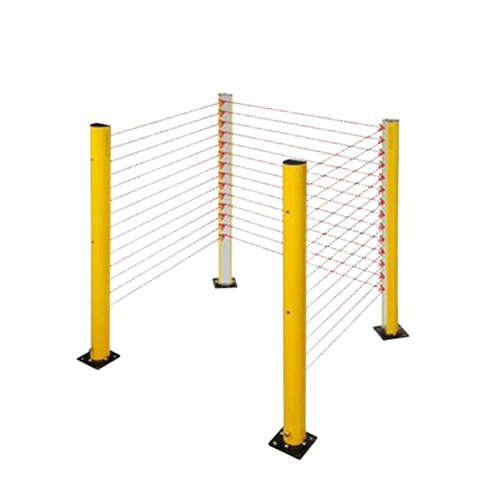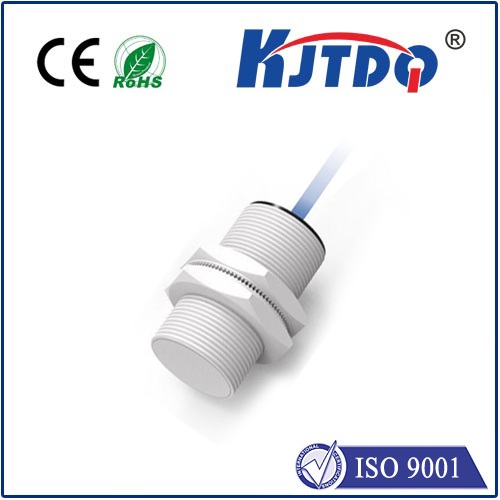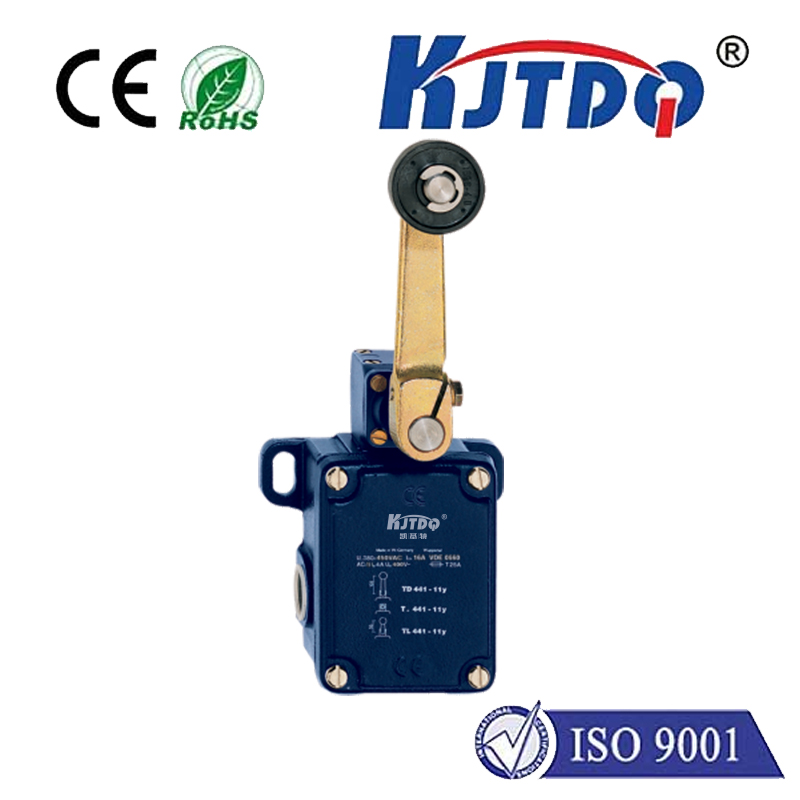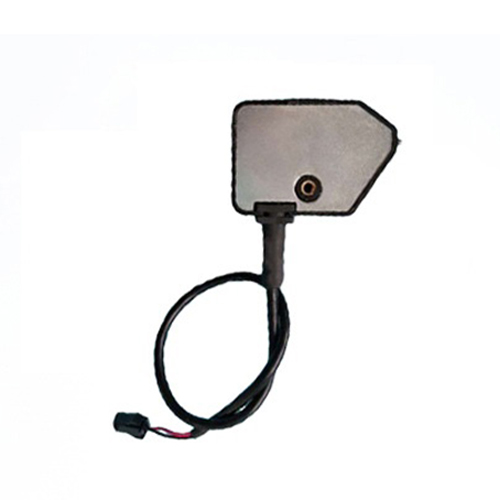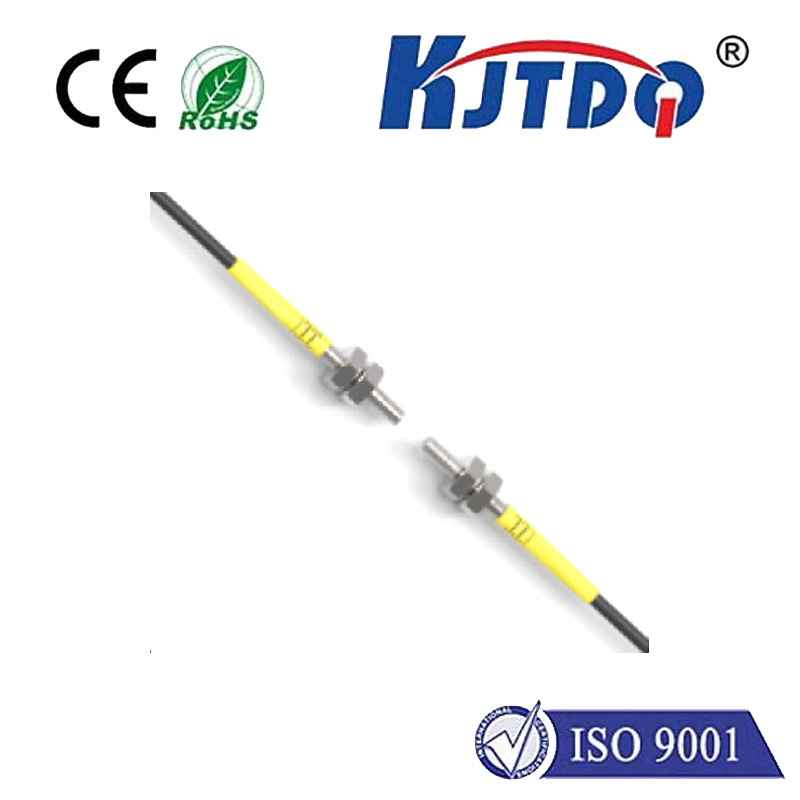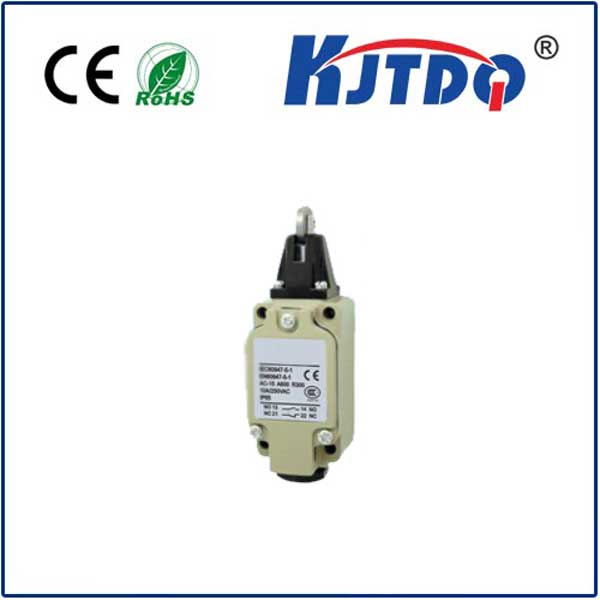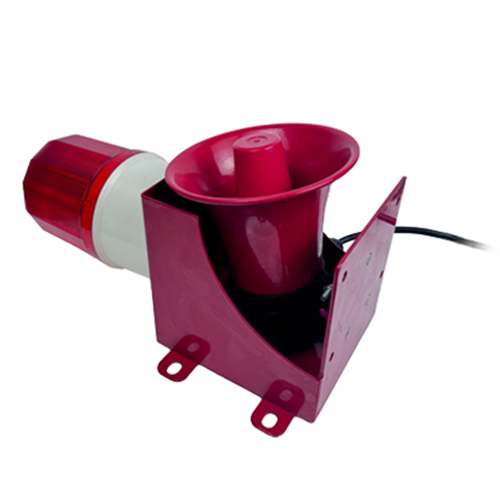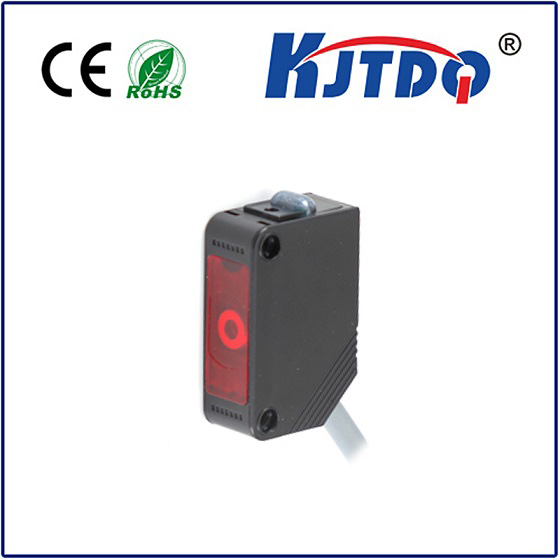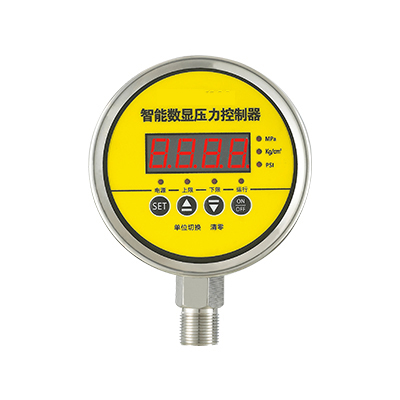

check

check

check

check
Title: Understanding Interlock Limit Switches: A Comprehensive Guide
Interlock limit switches are essential components in various industrial and mechanical systems. These devices serve as a safety mechanism to prevent equipment from operating beyond certain limits, thereby ensuring the safety of workers and preventing damage to the system. In this article, we will delve into the working principle, types, installation, and maintenance of interlock limit switches.
Section 1: Working Principle of Interlock Limit Switches
Interlock limit switches work based on the principle of opposition between two electrical contacts. When one contact is brought into contact with a moving part or an obstacle, it creates a magnetic field that attracts the other contact. This attraction causes the switch to open, interrupting the flow of power to the system. Once the moving part has moved past the obstacle or reached its desired position, the switch closes, allowing power to resume flow through the circuit.
Section 2: Types of Interlock Limit Switches
There are several types of interlock limit switches available, each designed for specific applications. Some common types include:
1. Mechanical Interlocks: These are the basic type of limit switches, consisting of a movable lever or disc that is triggered by contact with a moving part or obstacle.
2. Solenoid-Operated Interlocks: These switches utilize a solenoid to control the opening and closing of the contact points. They are commonly used in high-speed applications where precise control over the switching action is required.
3. Photoelectric Interlocks: These switches operate on the principle of light detection. When a moving part or obstacle blocks the path of light, it triggers the switch to open or close.
4. Electromagnetic Interlocks: Similar to photoelectric switches, these devices detect the presence of an object or motion using electromagnetic fields. They are often used in applications where visibility is crucial, such as in food processing or pharmaceutical facilities.
Section 3: Installation of Interlock Limit Switches
The installation of interlock limit switches requires careful consideration of their location, orientation, and compatibility with the system they are intended to protect. Here are some general steps for installing interlock limit switches:
1. Choose a suitable location for the switch: The switch should be positioned in a clear and accessible area, allowing easy monitoring of the system's operation. It should also be located far enough away from moving parts or obstacles to avoid false triggering.
2. Determine the required activation force: Depending on the application, different types of interlocks may require varying levels of activation force. Consult the manufacturer's guidelines to determine the appropriate force for your specific application.
3. Connect the power supply: Ensure that the power supply is connected correctly, following the manufacturer's instructions for wiring and terminal configuration.
4. Install any necessary protective covers or shielding: To minimize interference from other electrical components, install protective covers or shielding around the switch and its associated wires.
5. Test and adjust if necessary: After installation, test the switch to ensure that it is functioning properly. If necessary, adjust the activation force or orientation to achieve optimal performance.
Section 4: Maintenance of Interlock Limit Switches
Like any mechanical component, interlock limit switches require regular maintenance to ensure optimal performance and longevity. Here are some tips for maintaining your interlock limit switches:
1. Clean and inspect regularly: Remove any dirt or debris buildup from the contact points and surrounding areas using a soft cloth or brush. Inspect the switch for visible signs of wear or damage, such as scratches or broken pins.
2. Check activation force: Test the switch by applying a known amount of pressure on one side while observing the other side's response. If the switch does not activate under normal conditions, consult the manufacturer for recommendations on how to adjust the activation force.
3. Lubricate as needed: Depending on your application and operating conditions, you may need to apply lubricating oil to reduce friction and improve switch performance over time. Use a lubricant specifically designed for mechanical switches, following the manufacturer's instructions for application and frequency.
In conclusion, interlock limit switches play a critical role in safeguarding industrial and mechanical systems by preventing excessive movement or operation beyond safe limits. By understanding their working principles, types, installation, and maintenance requirements, you can ensure that these devices provide effective protection in your applications while minimizing potential hazards and downtime.

